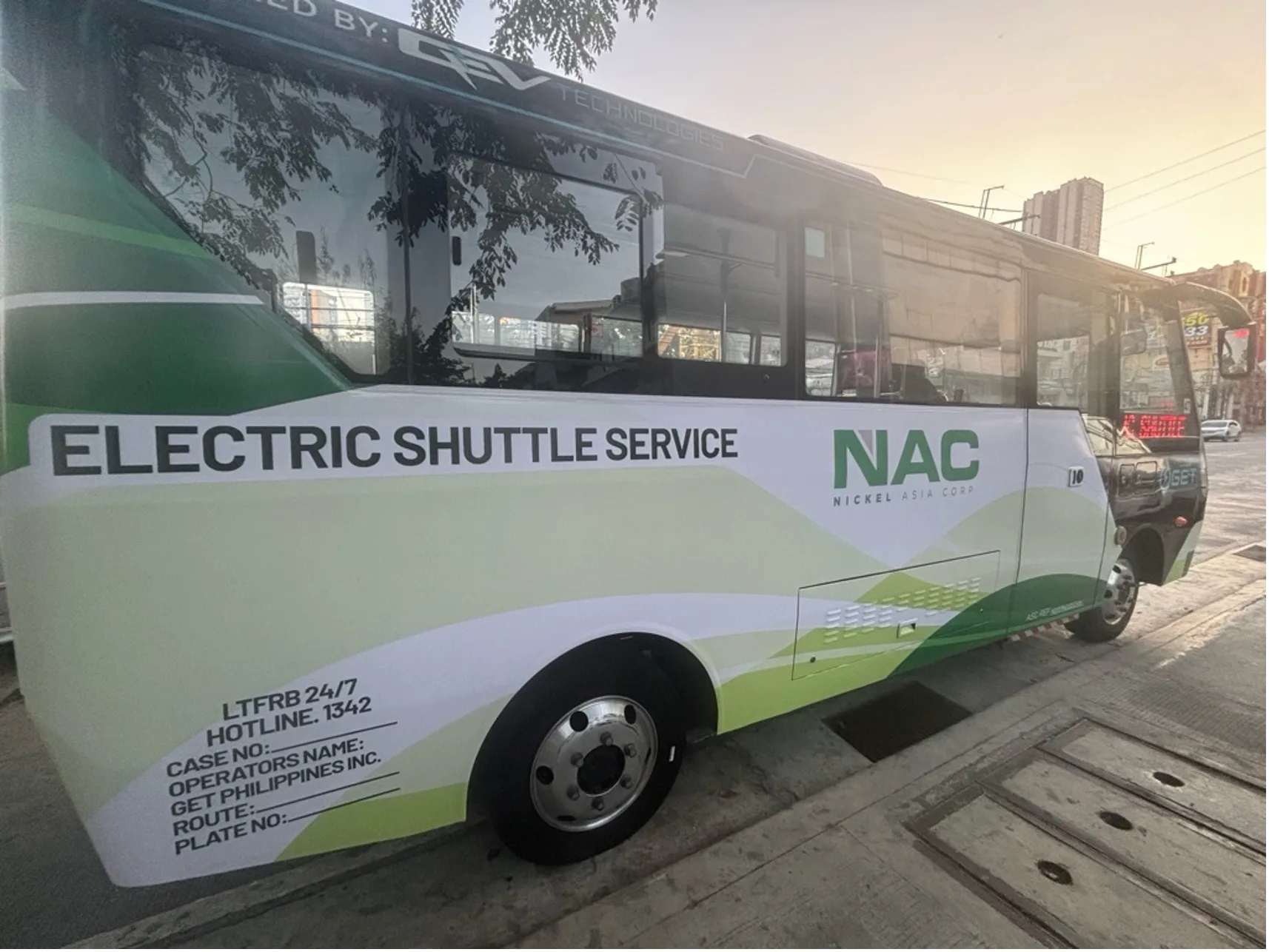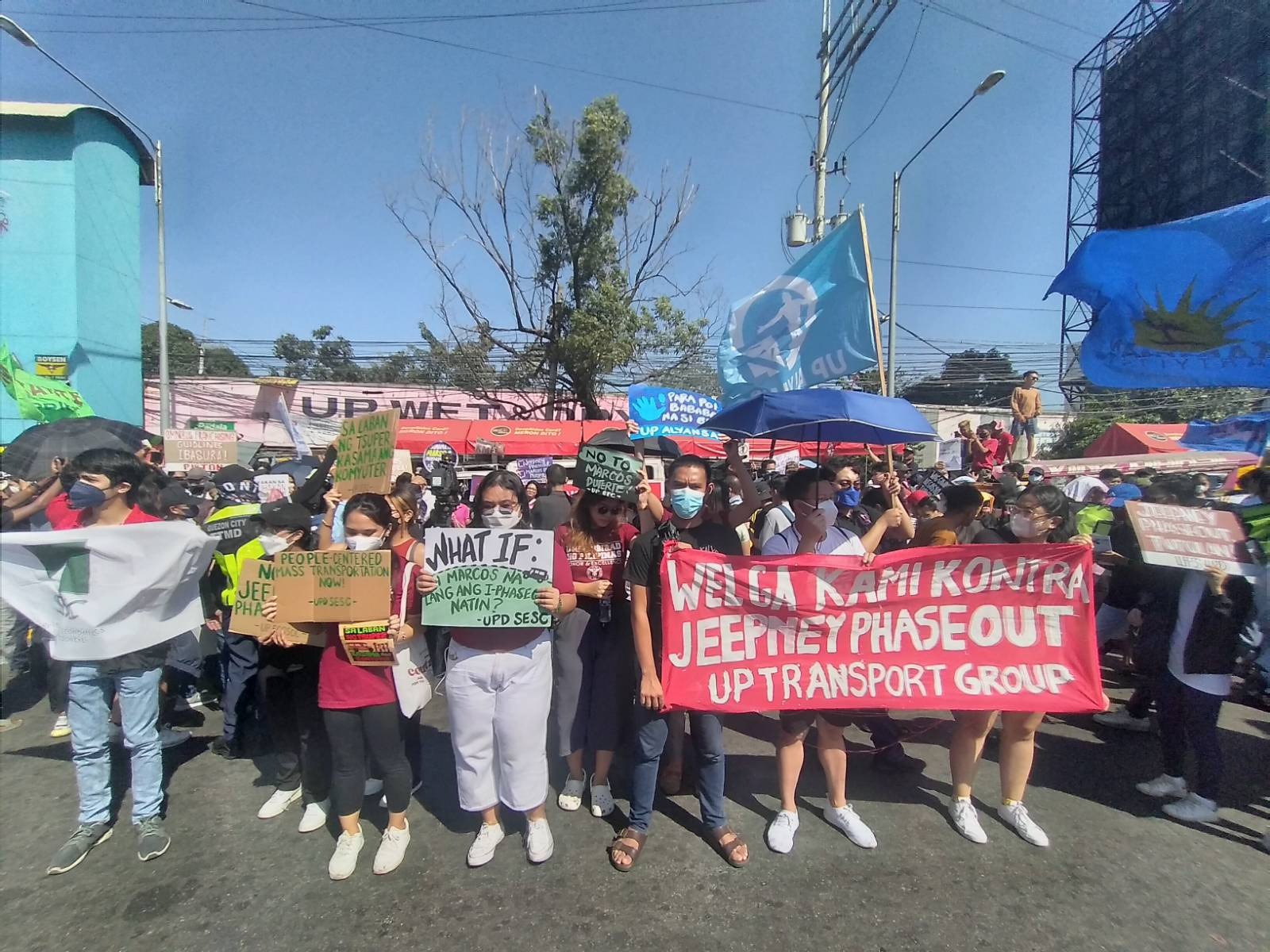Understanding the Function of Transit Advertising And Marketing in Enhancing Brand Exposure and Consumer Involvement
Transit advertising has become a critical element in the advertising and marketing landscape, providing unique chances for brand names to boost their exposure and involve consumers properly. With the capability to get to a varied and captive audience throughout their daily commutes, these advertising and marketing strategies are not simply about exposure; they have to do with creating purposeful connections with prospective consumers. As we explore the diverse advantages and ingenious approaches within transit advertising and marketing, it becomes necessary to take into consideration exactly how these elements collectively affect customer assumption and behavior, questioning about their long-term effect on brand commitment.
Interpretation of Transportation Marketing
Transit advertising describes the technique of promoting products, solutions, or brands through ads put in and around public transport systems. This type of marketing encompasses a variety of placements, consisting of posters on trains and buses, electronic screens at transportation stations, and covers on the outside of cars. It aims to reach a varied target market, taking advantage of the high foot web traffic related to public transportation.
Transportation advertising is strategically placed to catch the interest of commuters, who commonly spend significant time waiting or traveling. By incorporating promotions right into the daily routines of people, brands can develop a lasting impact and foster brand acknowledgment. The medium is especially reliable in urban atmospheres, where mass transit is a main setting of traveling.
In addition, transit advertising and marketing can promote localized targeting, enabling companies to reach specific demographics based on transportation routes and station areas. As city populaces grow and making use of public transport boosts, this advertising and marketing method has obtained prestige as a crucial part of incorporated advertising techniques. The dynamic nature of transit marketing, incorporated with its ability to involve consumers in a captive environment, underscores its importance in contemporary advertising and marketing techniques.
Benefits of Transit Advertising
The effectiveness of transit advertising lies in its capability to supply a plethora of advantages to brand names looking for to improve presence and involvement. One of the main advantages is the substantial reach it supplies; transit advertisements can efficiently target varied demographics throughout city locations, reaching both pedestrians and travelers alike. This broad exposure considerably increases brand recognition.
Another advantage is the high frequency of impressions. As transportation lorries follow well established paths and stop at numerous places, they create repetitive direct exposure that reinforces brand name messages. This frequency fosters knowledge, which is vital in consumer decision-making.
Transit advertising and marketing is likewise cost-effective contrasted to other media systems. Offered its extensive reach and potential for high impacts, brands usually experience a reduced cost per thousand impressions (CPM), optimizing their advertising spending plan.
Furthermore, transportation ads can create a feeling of community link. By aligning with neighborhood transit systems, brand names can resonate with local target markets and promote a feeling of neighborhood pride. This local method boosts brand loyalty and involvement, making transit advertising an engaging selection for companies aiming to strengthen their presence in the market.

Effective Strategies for Transit Campaigns
To make best use of the influence of transportation campaigns, brands should leverage tactical planning and implementation tailored to their target market. First, determining the group features of the target market utilizing public transit is essential. This allows brand names to develop tailored messaging that reverberates with potential consumers.
Following, selecting the right transportation tools is vital. Whether using bus covers, train posters, or digital displays, each tool has distinct benefits that can boost exposure. For example, vivid visuals on bus covers can attract focus, while electronic ads can be upgraded frequently to mirror timely promos.
Additionally, integrating a natural branding technique throughout transit platforms guarantees uniformity and strengthens the brand name's identity. Using memorable taglines and captivating designs will enhance brand recall amongst travelers.
Finally, timing is a key consider carrying out effective transit projects. Launching campaigns throughout top travel hours or regional occasions can considerably raise visibility and interaction. By using these techniques, brands can efficiently harness the potential of transit marketing, cultivating better awareness and connection with their target audience. Inevitably, a well-executed transportation project can drive substantial growth in brand visibility and customer interaction.

Determining Effect and Engagement
In evaluating the performance of transportation marketing campaign, accurate dimension of impact and involvement is necessary for brands looking for to enhance their marketing approaches. Metrics such as reach, frequency, and impacts offer fundamental data to analyze presence. Examining these factors assists determine the amount of prospective consumers are subjected to the promotions during their day-to-day commutes.
Engagement can be additional determined through customer interactions, such as internet site traffic, social media sites discusses, and straight responses to calls-to-action featured in the advertisements. Utilizing devices like QR codes or distinct Links can help with monitoring of consumer habits straight connected to transportation projects. Studies and feedback devices additionally act as important techniques to collect qualitative information Continue on customer perceptions and recall of the promotion.
Furthermore, advanced analytics and acknowledgment designs can correlate transportation exposure with subsequent investing in actions, offering insights into the roi. By utilizing a detailed strategy that incorporates qualitative and quantitative measures, brands can develop a nuanced understanding of their transit advertising impact. Ultimately, this data-driven strategy enables brand names to improve their campaigns, guaranteeing they reverberate effectively with target audiences and enhance total brand name exposure.
Situation Researches of Effective Campaigns
Successful transportation advertising campaigns act as engaging instances of how efficient techniques can elevate brand name presence and involvement. Transit Advertising Philippines. One remarkable situation is the "I Love New York" project, which transformed the city's image and brought in millions of travelers. By utilizing metro advertisements, billboards, and bus covers, the project created a strong, natural brand name identification, resulting in a considerable uptick in tourism and regional organization patronage
One more exemplary campaign is Coca-Cola's "Share a Coke" campaign, which leveraged transit advertising to customize the brand experience. By featuring preferred names on marketing products across numerous transit systems, Coca-Cola fostered a deeper psychological connection with consumers, urging them to share their experiences on social networks.
Additionally, the "Got Milk?" project effectively utilized public transport advertisements to get to a broad target market, reinforcing the message of the relevance of milk in a balanced diet. The campaign saw a quantifiable rise in milk usage in target demographics.
These case research studies highlight that when performed thoughtfully, transportation advertising can significantly improve brand name presence, foster customer involvement, and drive measurable results, demonstrating its important duty in modern-day marketing methods. - Transit Advertising Philippines
Verdict
In conclusion, transit advertising serves as a crucial device for improving brand exposure and promoting customer interaction. By using purposefully positioned promotions within my response public transport systems, brands can successfully reach diverse audiences and reinforce recognition through consistent exposure. The implementation of targeted messaging and innovative techniques additionally amplifies the impact of transit projects. Inevitably, the capacity to determine involvement and assess successful situation studies emphasizes the performance of transit marketing in driving brand commitment and consumer communications.
Transit advertising and marketing has arised as an essential element in the marketing landscape, using unique possibilities for brands to raise their visibility and engage customers properly.Furthermore, transportation advertising and marketing can help with local targeting, our website enabling businesses to reach details demographics based on transit routes and station areas.In evaluating the efficiency of transit advertising and marketing projects, accurate measurement of effect and involvement is crucial for brands seeking to maximize their advertising and marketing techniques.Successful transit advertising and marketing campaigns serve as compelling examples of exactly how efficient approaches can boost brand name visibility and interaction.In final thought, transportation advertising and marketing offers as a vital tool for enhancing brand presence and cultivating customer involvement.